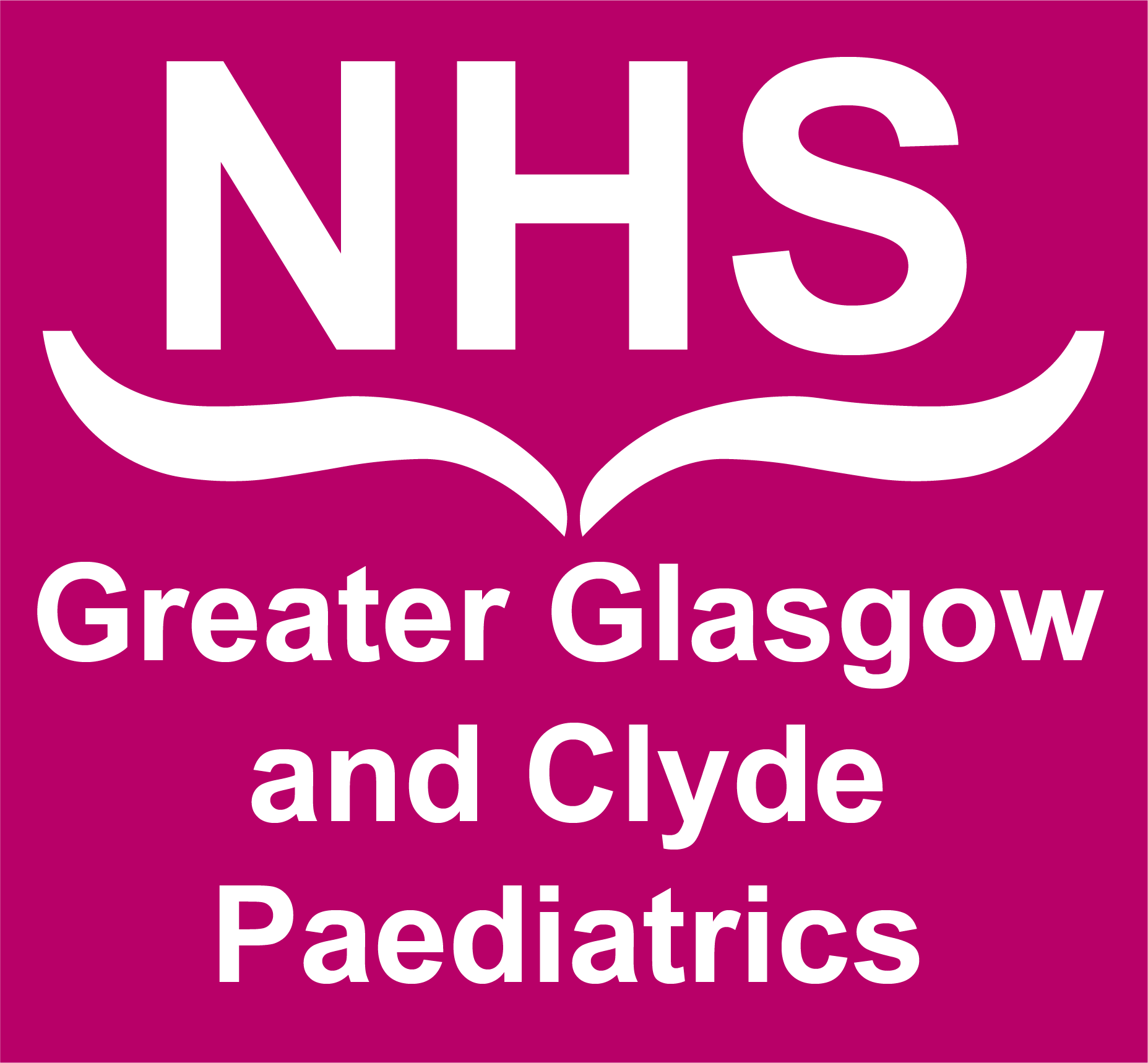M. ABSCESSUS
Treatment of CF NTM-PD due to M. abscessus includes a 3 week Intensive (Induction) Phase followed by a Continuation Phase until the patient has been clear of the organism for > 12 months 1;2;3
RHC INDUCTION PHASE
The CF Foundation and the ECFS recommend that the intensive phase should include a daily oral macrolide (preferably azithromycin) in conjunction with 3–12 weeks of intravenous amikacin and one or more of the following: intravenous tigecycline, imipenem or cefoxitin, guided but not dictated by DST. The duration of intensive phase therapy should be determined by the severity of infection, the response to treatment and the tolerability of the regimen. Recommendation 25
DURATION 3 WEEKS 1; 2;3
|
Drug
|
Route
|
Dose
|
Freq/Day
|
|
|
AMIKACIN 1;2;3
|
IV
|
15mg/kg/dose
|
X1
|
Max dose 1500mg; Drug levels
|
|
Aim for trough level of <5 mg/l. Peak should be between 20-30 mg/l at 1 hr
Levels should be taken pre and one hour post dose after 24 hours of treatment. If within range, pre dose levels should be taken twice weekly for duration of course. Amikacin is ototoxic, consider annual hearing test. U+Es before first dose.
|
|
AZITHROMYCIN 1;2;3
|
ORAL
|
10 mg/kg/dose
|
X1
|
Max 500mg/day
|
|
PLUS ONE OF THE FOLLOWING -SEEK MICROBIOLOGY ADVICE FOR SELECTION
|
|
IMIPENEM 1;2
|
IV
1 month – 18 yrs
|
20 mg/kg/dose
|
X2
|
Max 1g/day
Usually first choice. Best tolerated.
|
|
TIGECYCLINE 1;2;3
|
IV
1month – 18 yrs
|
>12 yrs 1 mg/kg/dose
|
X2
|
Max 50mg .
Give anti-emetics before starting and throughout course.
|
|
CEFOXITIN 1;2;3
|
IV
3 months – 18 yrs
|
50mg/kg/dose
|
X3
|
Max dose 12g/day Give anti-emetics
|
RHC CONTINUATION PHASE 1; 2 ; 3
The CF Foundation and the ECFS recommend that the continuation phase should include a daily oral macrolide (preferably azithromycin) and inhaled amikacin, in conjunction with 2–3 of the following additional oral antibiotics: minocycline, clofazimine, moxifloxacin and linezolid, guided but not dictated by DST. [Recommendation 26]
DURATION –Until respiratory samples are clear of M. Abscessus for < 12 months
|
Drug
|
Route
|
Dose
|
Freq/Day
|
|
|
AMIKACIN 1;2;3
|
NEB
|
500MG
|
X2
|
|
|
AZITHROMYCIN 1;2;3
|
ORAL
|
10 mg/kg/dose
|
X1
|
Max 500mg/day
|
|
PLUS 2-3 OFTHE FOLLOWING -SEEK MICROBIOLOGY ADVICE FOR SELECTION
|
|
MOXIFLOXACIN 1;2;3
|
ORAL
|
7.5 – 10mg/kg
|
X1
|
Max 400mg
|
|
MINOCYCLINE 1;2;3
|
ORAL
|
>12yrs 2mg/kg/dose
|
X1
|
Max 200mg
|
|
CO-TRIMOXAZOLE 3
|
ORAL
|
<12yrs 480mg
>12yrs 960mg
|
X2
|
Monitor FBC 2 weekly
|
|
LINEZOLID 2
|
ORAL
|
<12yrs 10mg/kg/dose
>12yrs 10mg/kg/dose
|
X3 X1-2
|
Monitor LFTs; FBC Max 600mg
|
PATIENTS ON CONTINUATION PHASE M. ABSCESSUS TREATMENT WHO PRESENT WITH RESPIRATORY EXACERBATIONS OR WHO REQUIRE REGULAR IV ANTIBIOTICS COURSES
Following the IV Induction Phase, patients who present with a respiratory exacerbation or who receive regular IV antibiotics courses should be prescribed IV antibiotics which are targeted to the patient’s M abscessus . Additional IV or oral antibiotics may also be required to cover other current CF pathogens.
Where IV Imipenem + Amikacin are prescribed, Nebulised Amikacin is stopped for the duration of the IV course. All other Continuation Phase drugs are continued.
Duration – 2 weeks extended if clinically indicated. 2
M. AVIUM /INTRACELLULARE ( MAC) TREATMENT
Initial therapy should be triple oral therapy as listed below 3 .
|
Drug
|
Route
|
Dose
|
Freq/Day
|
|
|
RIFAMPICIN
|
ORAL
|
10-20mg/kg/dose
|
X1
|
Max 600mg
Monitor renal and hepatic function and FBC before starting and regularly during treatment
|
|
AZITHROMYCIN
|
ORAL
|
10mg/kg/dose
|
X1
|
Max 500mg
|
|
ETHAMBUTOL
|
ORAL
|
15mg/kg/dose
|
X1
|
Max 1.5g
Visual acuity check prior to starting and during treatment . Symptoms may occur before measurable changes can be identified. Patients should be educated about the potential side effects of ethambutol and encouraged to self-report.
Monitor renal function prior to starting and regularly during treatment.
|
Criteria for IV therapy - one or more of 4 :
- AFB smear positive respiratory tract samples
- Radiological evidence of lung cavitation or severe infection
- Systemic signs of illness
Patients who are unwell should begin by having 2 weeks intravenous therapy with amikacin and a second intravenous antibiotic (discuss with Microbiologist).
As with M. abscessus, eradication would be considered successful when sputum samples are free of M. Avium for a 1 year period. 3;4
